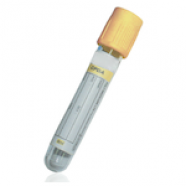
General Information
Location of Laboratories
Copyright UHB Pathology 2025
Protection of Personal Information – Pathology Laboratories Services comply with the Trust Data Protection Policy and have procedures in place to allow the Directorate and it’s employees to comply with the Data Protection Act 1998 and associated best practice and guidance.
The laboratories at Queen Elizabeth Hospital, Heartlands Hospital, Good Hope Hospital and Solihull Hospital form part of the services provided by University Hospitals Birmingham and are UKAS (United Kingdom Accreditation Service) accredited to the ISO 15189:2012 standard. Laboratories are currently transitioning across to ISO 15189:2022 standard. For a list of accredited tests and other information please visit the UKAS website using the following link: https://www.ukas.com/find-an-organisation/
- Molecular Pathology is a UKAS accredited medical laboratory No. 8759
- Biochemistry is a UKAS accredited medical laboratory No. 8910
- Haematology and Transfusion is a UKAS accredited medical laboratory No. 8784
- Clinical Microbiology is a UKAS accredited medical laboratory No. 8760
- Cellular Pathology is a UKAS accredited medical laboratory No. 10141
- United Kingdom Health Security Agency laboratory is a UKAS accredited medical laboratory No.8213
Tests not appearing on the UKAS Schedule of Accreditation currently remain outside of our scope of accreditation. However, these tests have been validated to the same high standard as accredited tests and are performed by the same trained and competent staff.
For further test information, please visit the test database: https://qehbpathology.uk/test-database
For further information contact Louise Fallon, Quality Manager, 0121 371 5962/ 0121 424 1235
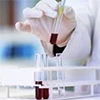 Biochemistry
Biochemistry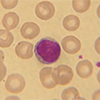 Haematology and Transfusion
Haematology and Transfusion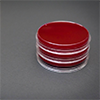 Clinical Microbiology (Including Virology)
Clinical Microbiology (Including Virology)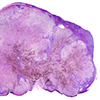 Cellular Pathology
Cellular Pathology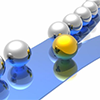 General Information
General Information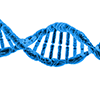 Molecular Pathology
Molecular Pathology
